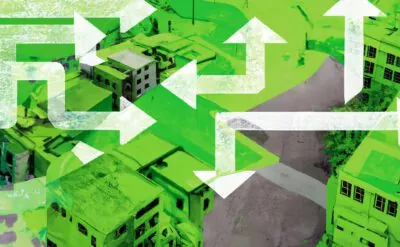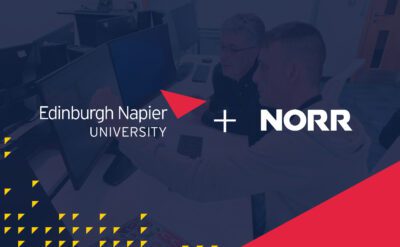Simulation is the re-creation of real-world events, using a suite of tools that includes table-top exercises, role-playing, patient actors, task-specific trainers and sophisticated full-scale computer-controlled mannequins. The latter resembles a flight simulator for training pilots: When you interact with the mannequin, it responds as a real patient would, by way of sounds, movement, and physiology. If you crash a flight simulator, nobody gets hurt. Similarly, patient simulation allows the opportunity to practice without harm to actual patients.
Why not just read about it in a book, then?
What advantages does simulation offer above and beyond simply reading about something in a textbook? The answer is that the level of deep engagement, attention and activation achieved by way of realistic re-creations of real-world events is a powerful tool for enhancing learning, memory and recall. In short, when done correctly, simulation participants feel like they are doing something very real: Stress, excitement, anxiety, apprehension, anger, happiness — the full gamut of emotional valences.
That emotional activation can then be harnessed in the debriefing session — the process of facilitated discussion that follows every simulation. The bulk of the learning “work” is derived during the debrief: If a typical simulation lasts 10-15 minutes, a debrief may be closer to 45 minutes of focused and engaging discussion. A successful debrief is both an art and a science, both goal directed and exploratory.
Don’t tell — ask
Jenny Rudolph and the group at the Centre for Medical Simulation at Harvard have described debriefing as a series of asking curious questions to better understand participant’s frames1 — In essence, you can’t understand what a team did or did not do without first understanding why.
- Reactions: Simulation is by its nature emotionally activating, and participants need an opportunity to decompress, express emotion and vent frustration. This helps to clear the path for the conversation to come and may also provide useful substrate for subsequent discussion. If a participant expresses frustration that the space they were working in limited their ability to work, that can be flagged for subsequent discussion and elaboration.
- Curious questions: The core of the debriefing session involves pairing substantive observations —
“I noticed that you …”
— with curious questions —
“And I was curious to know more about why …”
By exploring participant’s motivations by way of their frames, the facilitator can coordinate a discussion that matches specific learner needs.
- Empathy: Core to both debriefing and design is the ability to empathize with participants. Rather than being prescriptive with answers or presumptive with explanations, skilled facilitation involves understanding and empathizing in-step with advocacy and education.
Data drives change
Beyond learning a new idea or skill, information derived from debriefing can produce rich data on spaces, systems and equipment. Debriefing from in-situ simulation — taking place in the real clinical environment — can flip the script so the unit of analysis is the environment, not the people within it. Curious questions drive at system and design features that helped or hindered patient care, which can be fed forward to inform innovation in equipment, infrastructure and design.
Christopher Hicks is an emergency physician, trauma team leader, simulation specialist and principal at Advanced Performance Healthcare Design
References
- Jenny W Rudolph, Robert Simon, Ronald L Dufresne, Daniel B Raemer. There’s no such thing as “nonjudgmental” debriefing: a theory and method for debriefing with good judgment. Simul Health 2006, 1(1):49-55
Christopher Hicks is an emergency physician, trauma team leader, simulation specialist and principal at Advanced Performance Healthcare Design. NORR and APHD are collaborating to rethink, recalibrate and reimagine the design process of healthcare facilities and spaces through simulation to inform the final architectural design.


